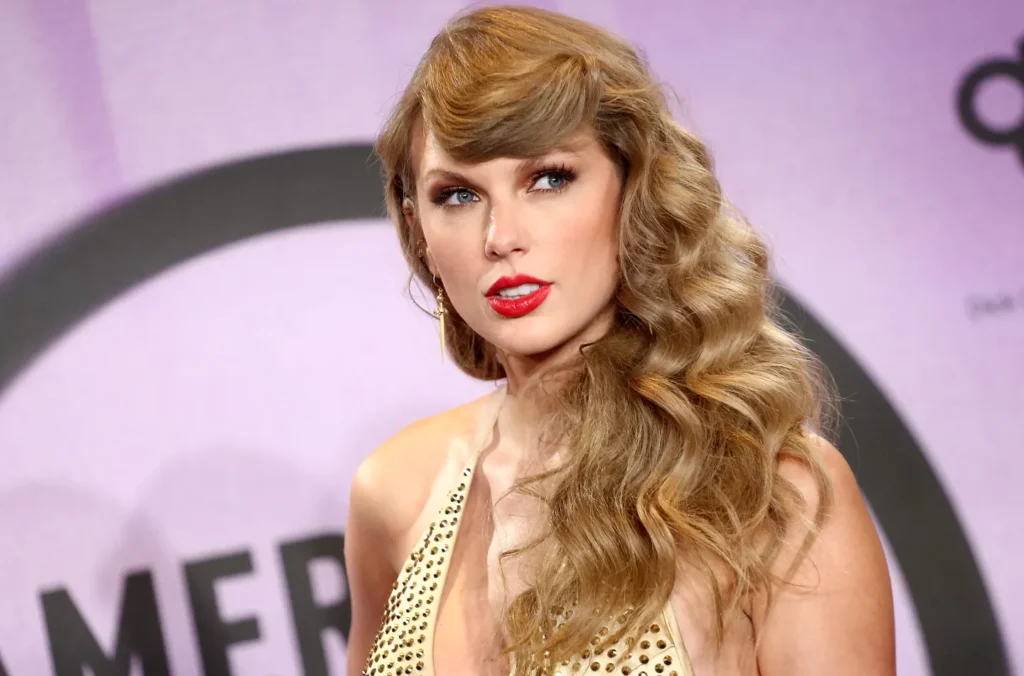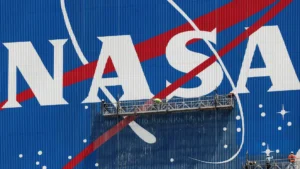A New Kind of Industry Crossroads
Universal Music Group and Warner Music Group, two of the world’s most powerful record labels, are now within weeks of finalizing licensing agreements that may redefine how the music industry navigates the artificial intelligence era. These companies, whose rosters include Taylor Swift, Ariana Grande, Charli XCX, and hundreds of other marquee artists, are engaged in intensive talks with both tech titans and disruptive start-ups. According to reports, the negotiations involve companies as varied as Google, Spotify, Stability AI, ElevenLabs, and the rising music-generation platforms Suno and Udio — the latter already entangled in copyright disputes with the labels.
The discussions are not just about protecting existing assets. They mark the beginning of a structural change in how songs, recordings, and voices might be used by AI models for training and creation. At stake is not simply who gets paid, but whether the next era of music will retain its human essence or be absorbed into a swirl of synthetic production.
Negotiations That Resemble Streaming’s Birth
The core issue on the table is compensation. Labels want agreements that mirror the economics of streaming, in which each play, download, or view generates a micropayment flowing back to rights holders. In the AI context, this model would apply to every instance an algorithm uses or reproduces a piece of music — whether during training or when creating new outputs that evoke the sound of a licensed artist.
Such a system would require a technological solution almost as radical as the licensing itself. AI companies would need to develop sophisticated tracking software capable of monitoring exactly how training data is used, what styles or samples are drawn upon, and how often generated material owes a debt to specific works. If streaming services once had to build infrastructure to count every play, the AI platforms of the late 2020s will need a kind of forensic accounting of influence.
Tech Heavyweights and AI Upstarts
The talks have drawn an eclectic set of negotiating partners. On one side stand industry giants like Google and Spotify, companies with global reach and the technical resources to integrate AI features into their platforms at scale. For Spotify, licensing agreements could allow them to offer users playlists that generate on the fly, seamlessly blending catalog tracks with algorithmically produced music. For Google, such deals could expand the reach of its experimental models like MusicLM while reducing legal exposure.
On the other side are start-ups like Stability AI, known for its work in text-to-image models but eager to move into sound; ElevenLabs, already at the forefront of synthetic voice technology; and music-first ventures such as Klay Vision, Suno, and Udio. Suno and Udio, both facing legal pressure for training on copyrighted material without authorization, have the most to gain from formalized agreements. Licensing would legitimize their business models, transforming them from potential infringers into sanctioned collaborators.
A High-Stakes Legal Backdrop
The urgency of these talks cannot be separated from the current wave of litigation. Universal and Warner have filed or supported lawsuits against several AI companies, arguing that training on copyrighted music without permission is a form of infringement. These cases are winding their way through the courts, but judicial timelines are slow and outcomes uncertain. Rather than rely solely on judges, the labels are attempting to negotiate commercial norms that could become de facto law for the industry.
The parallel with earlier eras is striking. Napster upended the CD business before any court could clearly define the legality of file-sharing, forcing labels to accept digital downloads as a compromise. Spotify transformed consumption long before legislators grasped the implications of streaming. Now, AI threatens to bypass the artist entirely, generating new content from old recordings unless licensing establishes guardrails.
Artists Between Fear and Curiosity
For artists themselves, the implications of these agreements are deeply personal. On one side lies fear: that their voices, styles, and compositional fingerprints could be endlessly replicated by machines, flooding platforms with imitations that erode their cultural power. Taylor Swift, for instance, has built a career on the intimacy of personal songwriting. What happens if an AI can churn out convincing “new” Swift ballads at industrial scale?
But curiosity also stirs. Some artists, like Grimes, have already embraced the idea of licensing their voices for AI experimentation, framing it as a new kind of fan engagement. Ariana Grande and Charli XCX, both icons of pop maximalism, may find creative potential in AI tools that extend their sonic palettes. For up-and-coming musicians, the possibility of collaborating with AI in licensed ecosystems could lower barriers to production, democratizing creativity much as home recording once did.
The Consumer Horizon
For audiences, licensed AI music could usher in a wave of innovation. Personalized playlists could adapt not just to genres or moods but to hyper-specific prompts: a morning workout mix in the style of 2010s EDM, a rainy-day soundtrack evoking classic jazz singers, or lullabies in the cadence of a favorite performer. Concerts might feature holographic or virtual performances where AI-assisted voices of deceased legends sing alongside contemporary stars, their estates compensated for every use.
Yet the consumer horizon is shadowed by oversaturation. Streaming platforms are already burdened with millions of little-played songs. The addition of infinite AI-generated music risks turning catalogues into noise. Curation, playlists, and editorial gatekeeping may become more crucial than ever. If AI music floods the digital shelves, authenticity and taste will once again be the currencies that matter most.
Economics of a New Royalty System
Implementing a streaming-style royalty model for AI will be challenging. Streaming counts discrete plays, but AI involves both training and generation. Should rights holders be compensated when a model learns from their work, when it generates something “inspired by” them, or only when consumers interact with AI-produced content? Should estates of deceased artists share in future royalties? Should royalties be divided between labels, publishers, songwriters, and performers in the same way as streaming?
Financial analysts suggest the sums could be massive. If AI licensing becomes standardized, it could generate billions in annual revenue within a decade, rivaling streaming as a core pillar of the industry. But inequitable distribution risks repeating the mistakes of streaming’s early years, when labels struck lucrative deals while many artists felt short-changed.
Authenticity in Question
Beyond economics, there is the question of meaning. Music has always been more than sound; it has been rebellion, identity, ritual, and memory. Can a machine capture those depths? When Nina Simone sang of freedom, or when Kurt Cobain voiced alienation, their artistry drew power from lived experience. Some listeners insist that without human origin, music becomes empty mimicry. Others argue that audiences ultimately care more about the sound than the source.
Perhaps the future will be hybrid. Just as DJs transformed vinyl records into new forms, AI may become another instrument — a collaborator in the studio rather than a rival on the charts. What matters most may be transparency. Listeners might accept AI contributions as long as they know what is human and what is machine.
The Global Implications
The negotiations also carry international weight. Universal and Warner operate globally, and their decisions will influence how smaller markets, independent labels, and regional artists approach AI. European regulators, already concerned with transparency and data rights, may push for strict disclosure rules. Asian markets, where governments often encourage rapid adoption of new technologies, could become testing grounds for AI-driven music services. The precedent set by these agreements will ripple worldwide, establishing norms that extend far beyond the United States or Europe.
Possible Futures
If agreements are finalized and royalties flow equitably, AI could become a powerful creative partner. Artists would gain new tools, consumers would enjoy novel experiences, and labels would unlock fresh revenue streams. But if deals skew too heavily in favor of corporations, AI risks becoming another flashpoint of exploitation, fueling cultural fatigue and artistic resentment. A third possibility looms as well: the emergence of parallel markets, one human-only and another AI-driven, coexisting uneasily as audiences decide where authenticity lies.
Impression
As Universal and Warner edge closer to signing these landmark deals, the industry stands at a historic threshold. Just as the phonograph, radio, cassette, CD, and streaming each reshaped the soundscape of their eras, AI now demands a reckoning. The decisions made in boardrooms today will ripple outward into concerts, playlists, and cultural memory tomorrow. They will determine whether artificial intelligence becomes a collaborator, a competitor, or a counterfeit.
What is certain is that these licensing agreements, once finalized, will not just manage legal risk. They will define the contours of music in the age of the machine. For artists, fans, and executives alike, the question remains not whether AI belongs in music but under what terms — and who, in the end, will profit from its inevitable presence.
No comments yet.








